Finland’s second NISP workshop generated more than 160 new resource collaboration opportunities for companies operating in Central Finland. Over 60 representatives of various companies and organisations attended the Sitra workshop, to become acquainted with industrial symbiosis. At the core of this approach lies the resource-wise idea that one man’s garbage is another’s valuable raw material.
A photograph of a crocodile and a little bird sums it all up: the great green beast holds its jaws open to allow its feathered friend to pluck out the debris stuck between its teeth. The bird is fed and the crocodile has its teeth cleaned.
“Symbioses have always existed in nature. Industrial symbioses are quite similar. A crocodile is like a large company, surrounded by other businesses – all of the parties reap the benefits,” stated Leading Specialist Jyri Arponen in the ‘New business by means of industrial symbioses’ workshop, held in Jyväskylä on 15 May.
For companies, the benefits include savings in raw material expenses, waste management costs and transport needs, as well as the creation of new sales products, innovations and, consequently, new business opportunities. Symbioses can also grow around the sharing of underused machinery, production facilities, excess energy and expertise.
Mainly from the Jyväskylä region, the firms attending the workshop gained a firm grasp of the concept of industrial symbiosis: participants entered the leftovers from industrial processes onto green slips of paper, and what they needed onto yellow slips. The resulting notes circulated from one table to another. As the outcome, 161 resource collaboration opportunities – i.e. potential industrial symbioses – emerged.
This working method was adopted from the British NISP model (National Industrial Symbiosis Programme), whose applicability Sitra is currently testing in Finland’s Helsinki and Jyväskylä regions.
“We have reached the point at which natural resource reserves are no longer sufficient. For everyone on this planet to live like a Finn, we’d need more than three Earths. We need a transition towards sustainability, as well as new operating models that enable us to get by using the resources that are actually available to us,” explained Specialist Lari Rajantie of Sitra, who ran the workshop.
“The question is how to utilise our resources sparingly, while creating well-being,” he continued.
According to Arponen, creation of industrial symbioses is part of a bigger picture, about generating growth without increasing consumption, with perhaps Finland’s entire future in the balance.
“Finland is currently a flow-through economy. A significant share of raw materials is imported, being refined here at a low added value, meaning bulk production. Finland is in huge need of an industrial transition! We still tend to talk about ‘securing’ access to raw materials and energy supply, despite the fact that we should be discussing the new business opportunities of the future, in which social, financial and economic sustainability meet.”
In the UK, the NISP network, which creates industrial symbioses, involves as many as 15,000 companies. In Jyväskylä, James Woodcock from Britain gave his audience numerous international examples of industrial symbioses that have generated savings and created new business and jobs. These include a fertilizer plant, whose waste heat and carbon dioxide are used in the greenhouse built next door, the use of seashells for road construction material, and the refining of offal for cement industry and bioenergy production.
Much has already been done in Jyväskylä, pointed out Marika Ryyppö from Jyväskylä Innovation Oy. Biogas producer Metener makes biogas from food industry waste, while Hikinoro, on the other hand, uses cellulose as a material for shoe soles, and BioGTS refines used cooking oils from restaurants into biodiesel.
“As early as 2005–2006, we created a Materials Bank for the exploitation of industrial by-products. I believe we were well ahead of our time,” opined Ryyppö with a laugh.
Upon the conclusion of the workshop, Timo Taskinen of the Central Finland Centre for Economic Development, Transport and the Environment (ELY Centre) reminded participants of the possibility of applying to ELY Centres for funding when setting up industrial symbioses.
After the workshop, responsibility for industrial symbioses will be transferred to Motiva, a provider of material and energy efficiency services. Motiva will stay in touch with the workshop participants, assisting in the implementation of industrial symbioses.
The Jyväskylä workshop was featured in an interactive news broadcast by the Finnish Broadcasting company (YLE), YLE Suora linja, on 17 May 2013. See the broadcast at Yle Areena (in Finnish; the part concerning industrial symbioses begins at point 4:40).
News on industrial symbioses can be viewed on the YLE website (in Finnish).
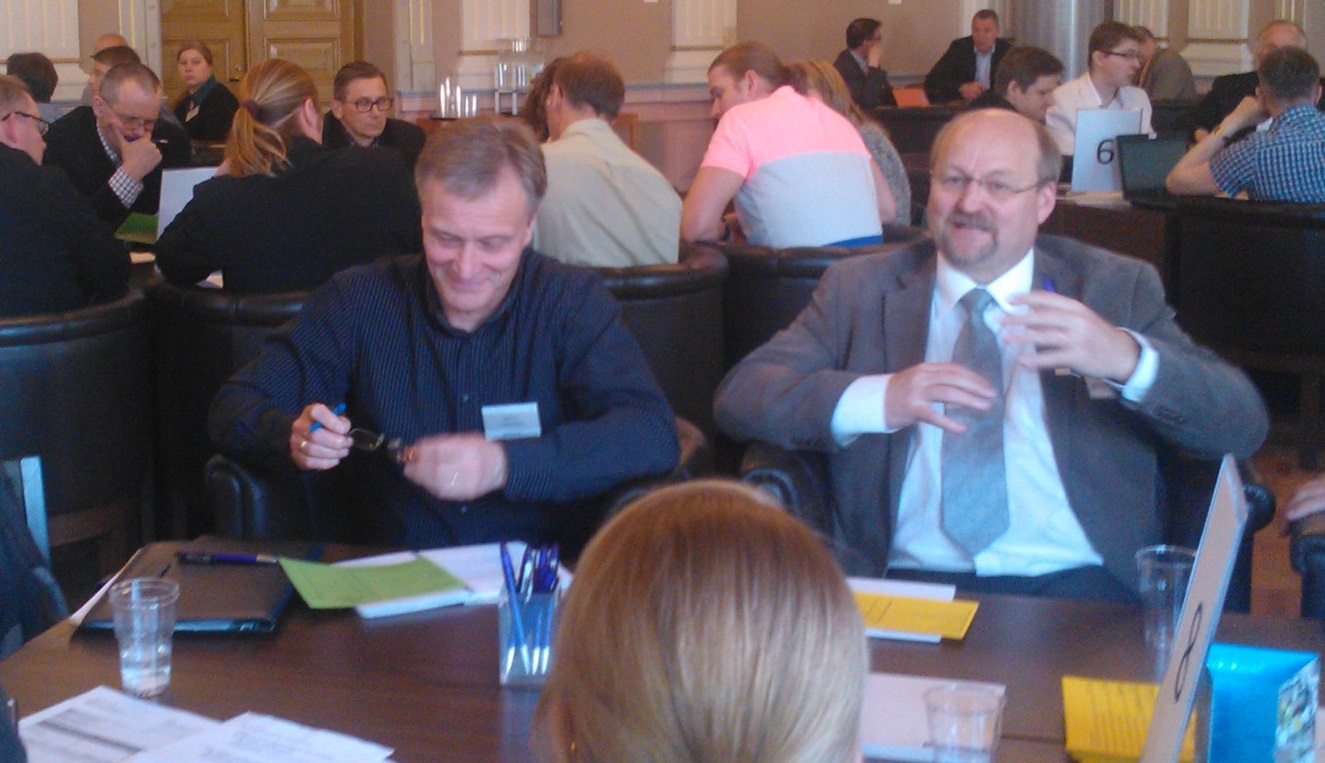

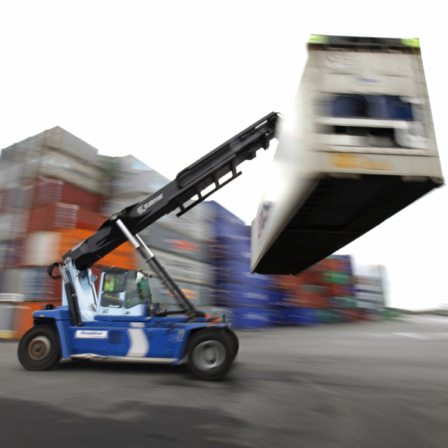



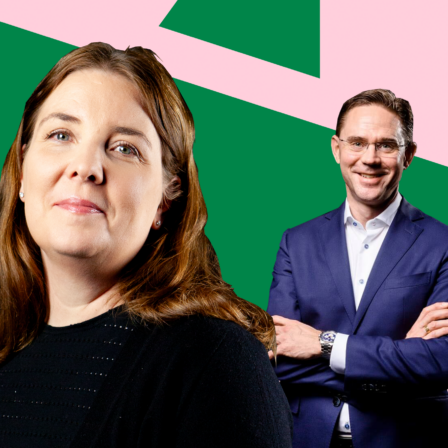
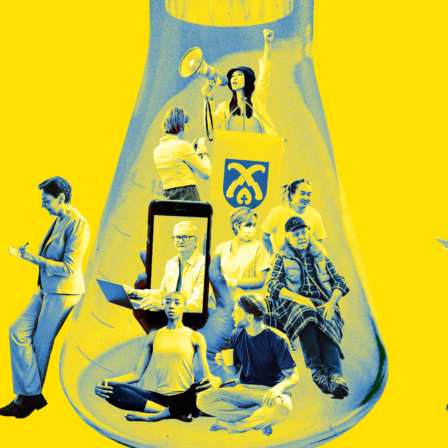

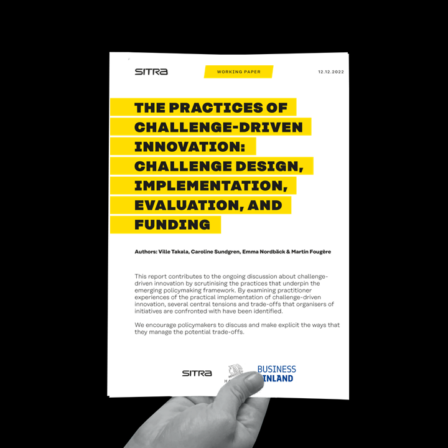
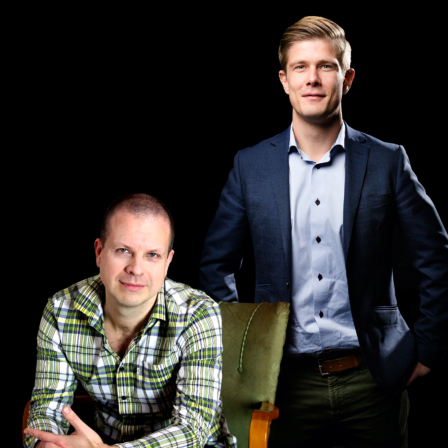

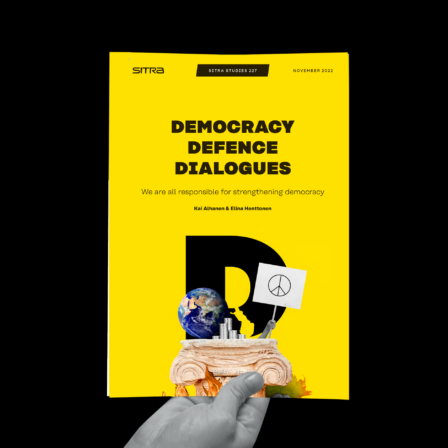


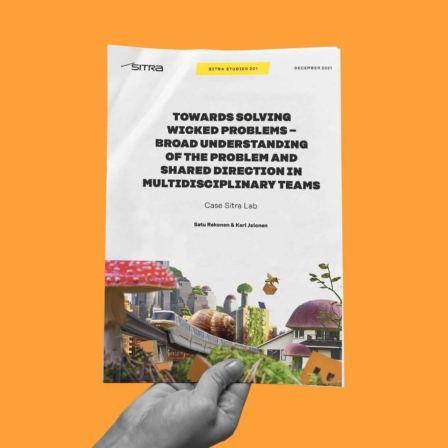


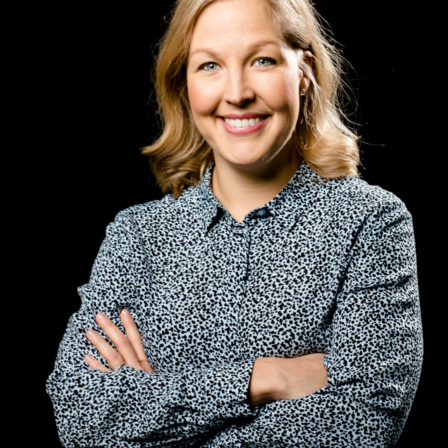
Recommended